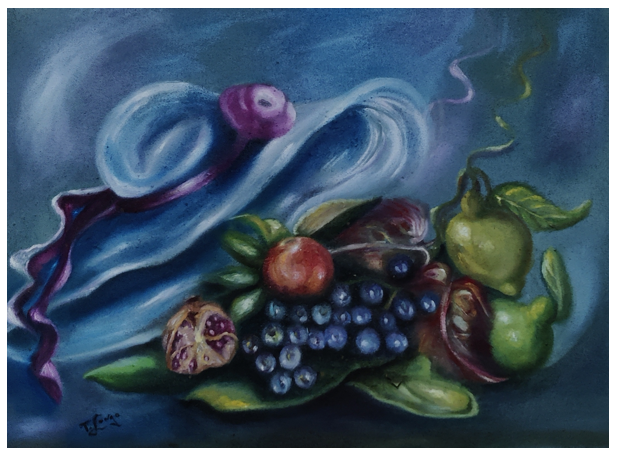Gastronomic tourism represents an innovation, albeit not more recent, among the various forms of tourism. It finds its origin in the traveler’s desire to explore the territories, discover local “flavors” and recipes, and tasting typical food products related to the Mediterranean diet. Food tourism and wine tourism are important assets for agriculture, for tourism, and for the whole economy of the Mediterranean area, allowing important implications in terms of development, especially in rural areas.
Why is gastronomic tourism practiced?
Food and wine tourists are attracted by a tourist offer that offers links with the territories and the tradition of typical products of the Mediterranean area. The population itself must interact with the food and wine tourists and with their tastes to find the right characteristics of the constantly changing market, in order to promote the territory and the product by exploiting and adapting the tourist service offered by agri-food companies. Gastronomic tourists have a high cultural background, they seek a contact with the production chain of a specific product, desire to experience a reality different from the everyday one, consider the food product as an essential element to discover the identity of other populations, and feel the need to live an educational experience. They are extremely demanding and carefully evaluate the territory they visit. Theoretically, we can distinguish two types of food and wine tourists: the gastronaut and the food trotter. The first one shows a keen appreciation for food and typical products, loves to travel, and develops a high cultural interest for the historical, geographical, and folkloristic traditions of food and wine. The food trotter is interested in discovering traditions and typical dishes, but he also pays close attention to everything related to the holiday, so he evaluates the attractions and accessibility of the place as well as the possibility of finding information.
The numbers on food and wine tourism
The Italian Food and Wine Tourism Report 2021 highlights how, although the pandemic has slowed down the possibility of experiencing experiences, there is growing attention to the food and wine topic and also to a new profile of the tourist. While in 2016 only 21% of respondents had done at least one trip in which food and wine was the main motivation, in 2018 the percentage rose to 30%, in 2019 to 45%, up to 55% in 2021. This means that currently more than half of Italians choose a trip based on food and wine. The pandemic crisis had an impact on the number of experiences enjoyed (decreased on average by 27% compared to 2019) and on the spending power (31% of respondents said they had allocated a lower budget than in 2019). Furthermore, in 2021, 53% of Italians purchased typical products at festivals and events. This data shows that typical local products are the favorite souvenirs of Italians from the return of their holidays.

